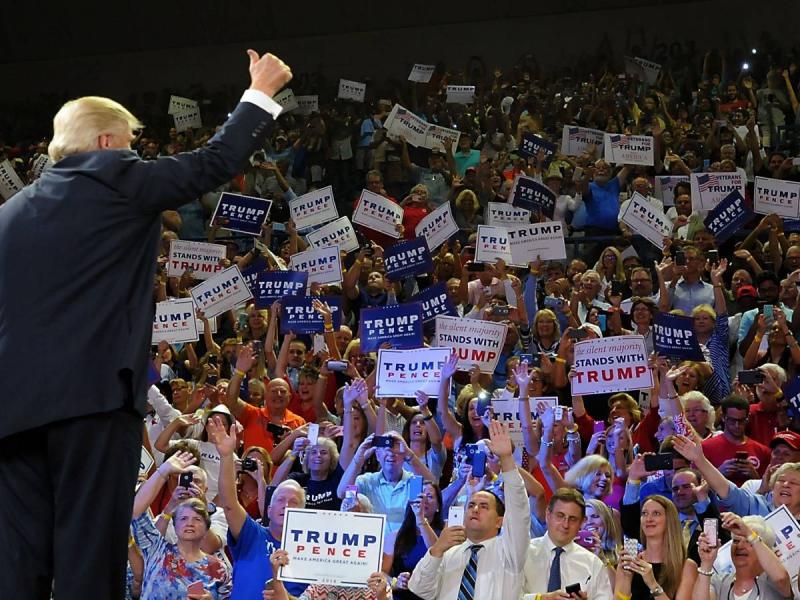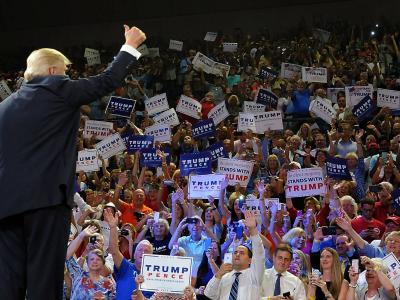On Thursday, Twitter was filled with what initially seemed like another silly story centered around Trump, a type of story that stunned liberals love to share. The stories revolved around Donald Trump's "Save America" campaign nearing the launch of the "official Trump cards," which are red and gold plastic cards that supporters can purchase, allowing them to do various things, although the story did not specify anything in particular. Users on Twitter found this extremely amusing. Why would anyone pay $20 or $50 for a piece of plastic that functions similarly to the fake credit cards sent by banks in their marketing materials?
This source: "Save America" campaign raised this question for me when I first heard campaign officials excitedly discussing Trump cards in 2016. However, it became clear to me that the cards are not worthless at all, at least not from the campaign's perspective. They are considered part of smart marketing and even serve as a case study on how Trump's operations management exploits donor psychology. In 2016, small donors supported Trump so significantly that his campaign introduced a special symbol for die-hard fans to distinguish themselves from others in the "Make America Great Again" movement. A former campaign advisor, who requested anonymity to avoid angering Trump, stated, "That was their way of thinking. If you wanted to be a supporter within Trump's group, this little card distinguishes you and sets you apart from your peers." Thus, the campaign began selling Trump cards, and his fans rushed to purchase them.
The Return on Investment of the Cards
The future president himself, known as a skilled salesman, was the one who gave value to the plastic card, at least among his most devoted supporters. Trump would go to rallies and tell them, "Raise your Trump card if you have it," then would raise his thumb in response. The campaign assumed that Trump fans who felt despondent for not raising their cards, who were embarrassed to discover they were on the outskirts of the fun party, or who envied their card-holding neighbors, would rush to the campaign's website to rectify that slight.
This led to a stampede for Trump cards and money generation, prompting the campaign to issue various colored cards targeting different donor levels. They also began broadcasting the names of card holders during Trump's live streams and on the "donor walls" established by the campaign staff. The advisor noted, "The return on investment for those cards reached a record level. I just remember that we could not find companies that could produce them quickly enough." He added that the campaign raised tens of millions of dollars through card sales, describing it as one of the most effective fundraising methods of the campaign.
Five years later, as reported by the New York Times last week, Trump remains an unrivaled powerhouse in fundraising for all types of Republican interests. Although he is out of the White House and not currently running for any office, he chose to return to his past, as his latest email request referenced the special badge of the "Make America Great Again" campaign, which directly targets Trump's most enthusiastic fans.
In an email dated August 4, Trump wrote, "The (Patriot) missiles will carry the card of your choice across the country and will be a sign of your unwavering support for our movement (Save America), and I have complete trust in you." In an update shortly after that message, he wrote, "We are about to launch the official Trump cards, and they will be reserved for President Trump's strongest supporters."
As Trump's operations management moves to raise more funds, the question about Trump cards no longer revolves around "why?" but "why didn't we see them before?" As the advisor puts it: "They play the hits, then go back to what they find successful among them."




